Scp Is Not A Regular File
1. Definition and Purpose of an SCP
An SCP, in the context of the SCP Foundation, refers to any anomalous object, entity, or phenomenon that requires containment and study. These SCPs are assigned a unique numerical designation along with a detailed description to ensure proper understanding and documentation. The purpose of the SCP Foundation is to secure and contain these anomalies, protecting the general public from potential harm.
2. Distinction from Regular Files
Regular files are typically online or physical documents that contain information and can be accessed or manipulated by authorized personnel. SCPs, on the other hand, cannot be easily categorized as regular files due to their anomalous nature. They often possess properties that defy the laws of physics or have unpredictable effects on individuals or environments. SCPs are treated with extreme caution and require specialized containment procedures.
3. Unique Properties and Anomalies
SCP anomalies exhibit a wide range of unique properties and anomalies. These can include objects that possess seemingly infinite mass, entities with mind-controlling abilities, or phenomena that alter time and space. SCPs may also exhibit memetic effects, which can cause information or ideas to spread through various mediums, such as images or text, leading to adverse effects on individuals exposed to them. These abnormal properties make SCPs highly dangerous and unpredictable.
4. Provenance and Acquisition
The SCP Foundation acquires SCPs through various means. Some anomalies are discovered through chance encounters, while others are intentionally sought out for containment. SCPs can be found in different locations, ranging from ancient archaeological sites to modern laboratories. The Foundation employs a team of researchers, agents, and Field Captains who are responsible for locating and apprehending these anomalies, ensuring the safety of both the SCP and the public.
5. Documentation and Classification
Once an SCP is contained, it is subjected to rigorous documentation and classification procedures. Each SCP is assigned a unique numerical designation, known as the SCP number, which helps in easy identification and reference. A comprehensive description is then compiled, including the SCP’s physical attributes, properties, behavior patterns, and any known limitations or risks. This documentation is essential for researchers and personnel to understand and properly contain each anomaly.
6. Containment Procedures
Due to their anomalous properties, SCPs require specific containment procedures to ensure the safety of personnel and prevent any potential breaches. The containment procedures can vary depending on the nature of the SCP, ranging from specialized holding cells to intricate containment chambers. These procedures often include measures such as isolation, temperature control, electromagnetic shielding, and even psychic barriers. Containment breaches are considered highly dangerous and require immediate response and containment by Foundation personnel.
7. Special Handling and Security Measures
SCP objects are not regular files and require special handling and security measures. Access to SCPs is restricted to authorized personnel only, and strict protocols are in place to prevent accidental or intentional misuse of the anomalies. Files containing sensitive information about SCPs are encrypted and closely guarded. Additionally, physical SCPs are stored in secure locations, and digital copies are protected by advanced security systems. SCPs may also require additional security measures, such as armed guards, chemical suppressants, or containment failsafes.
8. Ongoing Research and Updates
The SCP Foundation engages in ongoing research and updates to further understand and categorize SCP anomalies. As new SCPs are discovered and existing ones are studied, the Foundation constantly updates their database and containment procedures. Research teams analyze the properties and behavior of each anomaly to uncover potential uses, weaknesses, or potential threats. The interconnected nature of the SCP database allows personnel worldwide to collaborate and share knowledge, ensuring the ongoing safety of humanity.
FAQs:
Q: What does it mean when SCP says “permission denied”?
A: The “permission denied” error message in SCP usually indicates that the user does not have the necessary permissions to access or transfer the SCP file. Ensure that you have the appropriate privileges or contact the system administrator for assistance.
Q: How do I use SCP with a PEM file?
A: To use SCP with a PEM file, specify the path to the PEM file with the `-i` flag followed by the path to the file. For example, `scp -i /path/to/pem_file.pem source_file user@destination:/path/to/destination` will transfer the source file using the specified PEM file for authentication.
Q: How can I transfer files from a server to my local machine using SCP?
A: To transfer files from a server to your local machine using SCP, use the command `scp user@server:/path/to/source_file /path/to/destination` where `user` is your username, `server` is the IP or domain of the server, and `/path/to/source_file` is the path to the file on the server.
Q: Can SCP transfer multiple files at once?
A: Yes, SCP can transfer multiple files at once using the command `scp user@server:/path/to/source_directory/* /path/to/destination/` by using the asterisk (*) wildcard to indicate all files within the source directory.
Q: How can I transfer a folder using SCP?
A: To transfer an entire folder using SCP, add the `-r` flag to the command. For example, `scp -r user@server:/path/to/source_folder /path/to/destination` will recursively transfer the entire folder and its contents.
Q: Why am I unable to download a non-regular file using SCP?
A: SCP is designed to transfer regular files, and some file types or formats may not be compatible. Ensure that you are transferring a regular file and not a specialized file type that SCP does not support.
In conclusion, SCPs are not regular files but unique anomalies that require specialized handling, containment procedures, and security measures. The SCP Foundation continues its ongoing research and updates to ensure the safety of humanity from the vast array of anomalous objects, entities, and phenomena that exist within the SCP universe.
Scp Error: Not A Regular File
What Is An Scp File?
In the realm of computer technology, there are countless file formats that serve various purposes. One such file format is the SCP file. SCP stands for Secure Copy, and it is a protocol used for securely transferring files between two remote computers using the SSH (Secure Shell) protocol. The SCP file format is specifically designed for secure file transfers, making it an essential tool for system administrators, developers, and anyone else who needs to securely exchange files between computers over a network.
SCP works by establishing a secure connection with the remote computer and then copying files from the local computer to the remote computer, or vice versa. This protocol uses encryption techniques during the file transfer process to ensure that the data being transmitted remains confidential and secure. SCP is widely used and supported on various operating systems, including Unix-based systems, Linux, and Windows with the help of additional software.
Key Features of SCP Files:
1. Security: As the name suggests, SCP files prioritize security during file transfers. The protocol utilizes cryptographic techniques to secure data while it is being copied over a network. Both the authentication and data transfer processes are encrypted, minimizing the risk of unauthorized access or tampering.
2. Simplicity: SCP is known for its simplicity and ease of use. Unlike other complex file transfer protocols, SCP offers a straightforward and intuitive command-line interface, making it accessible even to users with limited technical knowledge. With just a few basic commands, users can quickly and securely transfer files between two remote systems.
3. Speed: SCP offers fast file transfer speeds due to its efficient use of network resources. By compressing and encrypting data in transit, SCP minimizes the time required to copy files, resulting in faster transfers.
4. Reliability: SCP files are known for their reliability, ensuring that the copied files are identical to the original. During the file transfer process, SCP performs integrity checks to ensure data remains intact, reducing the chances of data corruption or loss.
How to Use SCP Files:
To utilize SCP files, users must have the necessary software or tools installed on their local and remote systems. SSH, which includes SCP functionality, is pre-installed on most Unix-based systems. In the case of Windows, additional software like PuTTY or WinSCP may be required to enable SCP functionality.
To transfer files using SCP, users will need to open a command-line interface or terminal and enter a specific command. The syntax typically includes the source and destination file paths, and the username and hostname of the remote system. Here is an example of an SCP command:
“`
scp -i private_key.pem local_file.txt username@hostname:/remote/directory
“`
In this example, “private_key.pem” is the private key used for authentication, “local_file.txt” is the file to be transferred, “username” is the username on the remote system, “hostname” is the IP address or domain name of the remote system, and “/remote/directory” is the destination directory on the remote system.
SCP Files FAQs:
Q: Is SCP only for transferring files between Unix-based systems?
A: No, SCP is not limited to Unix-based systems. While it is native to Unix, Linux, and macOS, there are additional software tools available (such as PuTTY and WinSCP) that allow SCP to be used on Windows systems as well.
Q: What are the alternatives to SCP?
A: There are several alternatives to SCP, such as SFTP (SSH File Transfer Protocol), which provides similar functionality with additional features like directory listings and remote file management. Other options include FTPS (FTP over SSL/TLS), which adds encryption to the traditional FTP protocol, and rsync, a powerful file transfer and synchronization tool.
Q: Is SCP suitable for large file transfers?
A: While SCP can handle large file transfers, it may not be the most efficient option for very large files or when transferring large volumes of data. Alternative protocols like SFTP or tools like rsync may be better suited for these scenarios.
Q: Is SCP secure over public networks?
A: SCP provides a secure file transfer mechanism over any network, including public networks, by encrypting both authentication and data transfer. However, caution should always be exercised when sharing sensitive information, and additional security measures like VPNs (Virtual Private Networks) should be considered when using SCP over public networks.
In conclusion, SCP files are a secure and efficient method for transferring files between remote computers over a network. Its simplicity, security features, and reliability make it a valuable tool for system administrators, developers, and anyone who needs to exchange files securely. With various software tools available, SCP can be used across different operating systems. While SCP has its strengths, it’s important to consider alternatives for specific use cases, such as large file transfers. Always prioritize security and follow best practices when using SCP or any other file transfer protocol.
Is Scp Outdated?
The Special Containment Procedures, better known as SCP, is a collaborative creative writing project that has been captivating online readers since its inception in 2008. The project revolves around the concept of a fictional organization responsible for securing, containing, and protecting entities that defy natural law or pose a potential threat to humanity. Over the years, the SCP Foundation has amassed a vast library of captivating narratives that have spawned various spin-offs, games, and even a dedicated fanbase. However, with the passage of time, some have wondered if SCP has become outdated. Should this beloved project evolve to remain relevant or maintain its classic formula?
To tackle this question, we must first understand why SCP has garnered such a dedicated following. SCP’s allure lies in its highly inventive and often unsettling stories that push the boundaries of imagination. The Foundation’s secret nature, combined with the anomaly-driven universe, allows for endless possibilities and creativity. Fans are drawn to the challenge of crafting unique narratives within the established framework while adhering to specific guidelines, such as the clinical tone and document format. This process has given rise to countless memorable anomalies, including the well-known SCP-173, “The Sculpture,” and SCP-682, “The Hard-to-Destroy Reptile.”
However, as with any long-lasting creative project, there will always be discussions about its relevance and potential for growth. Some argue that SCP’s structure and format limit its ability to adapt to changing storytelling trends and may hinder its ability to attract new audiences. With the rise of more interactive and immersive forms of media, such as virtual reality and augmented reality experiences, some question if SCP’s predominantly text-based approach can continue to captivate readers in the same way.
Despite these concerns, SCP has managed to remain relevant and exciting by embracing new mediums and evolving its storytelling techniques. The SCP Foundation has expanded beyond its original website and now encompasses various platforms, including SCP-themed games, podcasts, YouTube series, and even larger collaborative projects. By diversifying its formats, SCP ensures there is something for everyone, catering to different preferences and creating a broader appeal.
Another aspect that keeps SCP fresh and engaging is its ability to adapt to the cultural zeitgeist. Fans and contributors have continuously expanded the SCP universe to include references to popular culture, incorporating elements from memes, video games, and other contemporary phenomena. This adaptability reflects the project’s resilience and responsiveness to current trends, ensuring its continued relevancy.
Of course, like any creative project, SCP also faces some criticisms. One common critique is that the sheer size and scope of the SCP Foundation’s content can be overwhelming for newcomers. With thousands of entries, it can be difficult to navigate the vast library and know where to start. However, the SCP community has worked to address this issue, curating introductory reading lists and providing guidance for those just stepping into the world of SCP.
FAQs:
Q: Can SCP stories be published as books or movies?
A: While the SCP Foundation follows a Creative Commons license, allowing for the free distribution and adaptation of its content, publishing individual SCP stories as standalone books or movies can be challenging due to licensing concerns and the vast number of contributors. However, the SCP Foundation has inspired the creation of novels and anthologies that expand upon its universe with the appropriate permissions and credit to the original authors.
Q: Are new SCP entries still being created?
A: Yes, new SCP entries are continuously being created by contributors. The SCP Foundation remains an active collaborative project, and its community encourages creativity and the expansion of the universe. The project’s collaborative nature enables aspiring writers to contribute their work and add their unique anomalies to the ever-growing catalog.
Q: Does SCP have an end or overarching story?
A: While the SCP Foundation does not have a specific end or an overarching story in the traditional sense, it does have several ongoing storylines and narrative arcs that connect different SCP entities. These connections are often hinted at in various entries, creating a sense of a larger universe and mystery surrounding the organization.
In conclusion, while some may question if SCP is outdated, the project has proven its ability to adapt and grow over its time-span of more than a decade. By embracing new mediums, staying responsive to cultural trends, and ensuring accessibility for newcomers, SCP has remained relevant and captivating for its dedicated fanbase. As long as the project continues to evolve and keeps pushing the boundaries of imagination, SCP is likely to endure as one of the most iconic and influential collaborative writing projects of our time.
Keywords searched by users: scp is not a regular file Scp not a regular file, SCP permission denied, SCP with pem file, Scp file from server to local, Scp multiple files, Scp zip file, Scp folder, Cannot download non regular file
Categories: Top 10 Scp Is Not A Regular File
See more here: nhanvietluanvan.com
Scp Not A Regular File
Introduction:
In the vast universe of fictional creations, the SCP Foundation stands out as one of the most intriguing and expansive collaborative projects. Originating from the “SCP” acronym, which stands for “Secure, Contain, Protect,” SCP has captured the imagination of thousands of contributors worldwide through a collection of supernatural and anomalous creatures, objects, locations, and phenomena.
What is SCP?
SCP, on a fundamental level, refers to a fictional organization within the sci-fi horror genre. The SCP Foundation operates with the goal of safeguarding humanity from paranormal entities and phenomena. The organization not only secures and contains these anomalies but also focuses on analyzing and studying them. Within the SCP Foundation’s fictional universe, there are countless objects, creatures, and phenomena that defy natural laws, presenting unique challenges to the Foundation.
Format and Documentation:
One distinctive aspect of SCP is the format in which the entities and phenomena are presented. Each SCP entry follows a standardized template, providing consistent information across the board. This uniformity allows contributors to focus on the creative aspects of their entries, including captivating narratives, detailed descriptions, and engaging storylines.
The SCP website, scp-wiki.net, serves as the main repository for these entries, hosting a vast archive of SCP articles. Each SCP entry usually consists of a numerical designation, a description, containment procedures, and additional information such as test logs, experiment results, and recovery stories. This structured format not only ensures consistency but also enhances the immersive experience for readers.
Building the SCP Universe:
What makes the SCP project unique is its collaborative nature. While the project started with a few initial writers, it has grown into a vast community where individuals contribute their own SCP articles. This collaborative effort has given rise to an extensive catalog of SCP entities, ranging from innocuous items to mind-bending horrors.
The universe of SCP continues to expand due to collaborative contributions following community guidelines. Various authors put their own creative spin on the SCP format, making it entirely possible for readers to stumble upon an SCP they find particularly fascinating or horrifying.
Exploring the Limitless Possibilities:
The SCP Foundation encompasses a wide array of entities and phenomena, each with its own distinct characteristics, anomalies, and stories. From notable SCPs like SCP-682 (a near-indestructible reptilian creature) to SCP-173 (a statue that can only move when it’s not under direct observation), the possibilities are endless.
SCP entries can explore psychological horror, scientific anomalies, supernatural phenomena, and even existential dread. The extensive variety of SCPs ensures that there is something that appeals to every reader’s taste. Moreover, the SCP Foundation is not limited to physical objects and creatures alone; it also encompasses entire locations (such as SCP-087, an unending dark staircase) and even abstract entities.
FAQs:
1. Is SCP real?
No, SCP is purely a work of fiction created by writers and contributors worldwide. While the SCP Foundation may have a realistic presentation, it exists solely within the confines of its online community and as part of its expanding fictional universe.
2. How can I contribute to the SCP project?
Contributing to SCP is relatively straightforward. Start by familiarizing yourself with the existing SCP articles and the guidelines set forth by the community. You can then create your own SCP entry following the standardized format and submit it to the SCP Foundation’s website for potential inclusion in the catalog.
3. Can I use SCP content for my own projects?
Usage of SCP content is subject to certain licensing restrictions to protect the creative contributions of authors. While some permitted uses may exist, it is advisable to consult the SCP Foundation’s licensing information for specific guidelines and permissions.
4. How can I further explore the SCP universe beyond the articles?
Beyond the written SCP entries, the SCP Foundation has inspired various adaptations, including video games, audio dramas, and visual media. These adaptations offer alternative ways to experience the SCP universe and its compelling narratives.
Conclusion:
The SCP Foundation, with its vast collection of entities, phenomena, and stories, has captivated a diverse community of writers, readers, and enthusiasts. The collaborative nature of SCP allows for an ever-expanding universe filled with unique and captivating anomalies. Whether you prefer psychological horror, scientific marvels, or supernatural entities, the SCP Foundation has something for everyone, offering an arresting exploration into the depths of the unknown.
Scp Permission Denied
The SCP Foundation, a collaborative fictional world where anomalies are contained, classified, and studied, is known for its captivating and intriguing stories. However, those familiar with the SCP universe may have come across the term “Permission Denied” when attempting to access certain articles or files. In this article, we will explore what SCP Permission Denied means, why it occurs, its impact on the community, and answer some frequently asked questions regarding this phenomenon.
What is SCP Permission Denied?
SCP Permission Denied is an error message that users encounter when they try to access specific SCP articles, files, or other resources within the SCP Foundation’s website. It is typically accompanied by a brief explanation as to why access to that particular content has been restricted.
Why does SCP Permission Denied occur?
The SCP Foundation is governed by a group of dedicated administrators, known as the Site Administrators, whose primary responsibility is to ensure the smooth functioning of the website. Permission Denied is typically the result of intentional measures taken by the administrators to restrict access to certain SCP files or articles.
Reasons behind SCP Permission Denied can vary. It may be due to concerns about the content’s appropriateness or potential harm it could cause to users. It could also be to preserve the integrity of ongoing narrative storylines or prevent unauthorized leaks. Additionally, some restricted content may be reserved exclusively for members who have achieved a certain level of engagement and contribution within the SCP community.
Impact on the SCP Community:
The occurrence of SCP Permission Denied has had a significant impact on the SCP community. On one hand, it generates curiosity and intrigue among users who wonder what secrets lie behind the restriction. It encourages discussions, speculation, and theories, fostering a sense of excitement and engagement.
On the other hand, some users may feel frustrated or excluded when confronted with SCP Permission Denied. It leads to questions regarding the reasoning behind these restrictions and potentially causes a division within the community. However, it is important to understand that the SCP Foundation’s administrators have good reasons for enforcing these restrictions, even if they may not always be apparent to the general user.
FAQs:
Q: Can I bypass SCP Permission Denied and access restricted content?
A: It is strongly discouraged to attempt bypassing SCP Permission Denied. Unauthorized access or sharing of restricted SCP content is against the rules and policies of the SCP Foundation. Respect the decisions made by administrators and engage with the vast number of available SCP articles and resources instead.
Q: How do Site Administrators decide which content to restrict?
A: Site Administrators have the authority to decide which SCP content to restrict based on various factors. These may include concerns about inappropriate content, narrative integrity, spoilers, or the need to filter content based on user contribution and engagement levels.
Q: Are there ways to access restricted SCP content in a legitimate manner?
A: While some SCP content may be restricted permanently, certain restrictions may be temporary or lifted under specific circumstances. Following the SCP Foundation’s rules, guidelines, and engaging with the community can increase the likelihood of gaining access to restricted content in the future.
Q: How can I contribute and increase my chances of accessing restricted SCP content?
A: Engaging with the SCP community is essential for contributing and increasing your chances of accessing restricted content. This can be done through active participation on the SCP Foundation’s website, joining discussion threads, writing articles, or creating artworks. Demonstrating dedication and understanding of the SCP Foundation’s principles can help establish your reputation within the community.
Q: Are there alternative sites or platforms where I can access restricted SCP content?
A: The SCP Foundation’s website is the official source for SCP content, and accessing restricted content from unofficial sources may lead to misconceptions or inaccuracies. It is recommended to respect the rules and guidelines set by the SCP Foundation and the decisions made by its administrators.
In conclusion, SCP Permission Denied is an intentional restriction imposed by Site Administrators within the SCP Foundation to maintain the integrity of the SCP universe and ensure the safety and enjoyment of its community. While it may cause curiosity, intrigue, or occasional frustration, it is essential to respect the decisions made by the administrators and engage with the vast array of available SCP content. By participating in the community and following the rules and guidelines, users may increase their chances of accessing restricted content in the future while fostering a vibrant and engaging SCP experience for all.
Scp With Pem File
SCP stands for Secure, Contain, and Protect, which is a fictional organization that features in a popular series of online collaborative writing projects. SCP Foundation, as it is formally known, is a creative writing community that produces and shares unique stories, based on a shared universe. These stories revolve around the containment and study of anomalous objects, entities, and phenomena. The SCP articles often emphasize horror, science fiction, and supernatural elements, captivating readers worldwide with their intricate narratives.
SCP articles are typically presented as scientific documents, detailing the discovery, containment, and experiments conducted on various SCPs. Each SCP is assigned a unique item number, and its attributes, behaviors, and containment protocols are described meticulously. The articles are usually written in a tone that resembles official documentation, further enhancing the immersion for readers.
The SCP universe encompasses a vast range of anomalies, spanning from everyday objects with seemingly harmless effects to immensely powerful and dangerous anomalies with the potential to disrupt reality as we know it. From sentient dolls and shape-shifting creatures to alternate dimensions and time-travelling entities, the creativity within the SCP community knows no bounds.
How did SCP originate?
The SCP Foundation was first established on the website “4chan” in 2007, with the intention of creating horror-themed content. The project gained significant popularity and quickly expanded beyond the confines of the initial platform. It later found a new home on the SCP Foundation Wiki, where users from around the world could contribute their own SCP articles.
The collaborative nature of SCP writing attracts a broad range of enthusiasts, including creatives, writers, illustrators, and even programmers who develop interactive experiences based on SCPs. The community has grown exponentially over the years, evolving into a rich and complex fictional universe with its own history, canon, and lore.
SCP Containment and Classification
The Containment and Classification system is a crucial aspect of SCP. An SCP’s containment procedures outline the necessary precautions and strategies employed to keep the anomaly in check. The classification system uses a numerical scale to rate the threat level posed by an SCP, often denoted as Safe, Euclid, or Keter.
Safe-class SCPs are deemed predictable and can be contained without much difficulty. Euclid-class SCPs possess characteristics or behaviors that make them more difficult to predict and control. Keter-class SCPs are considered the most dangerous and potentially catastrophic anomalies, requiring stringent containment measures.
Frequently Asked Questions (FAQs):
Q: Can anyone contribute to the SCP Foundation?
A: Yes, the SCP Foundation Wiki encourages users to contribute their own SCP articles. However, it is essential to read and familiarize yourself with the guidelines and rules of the community. Quality control is crucial, as the SCP Foundation strives for consistency and coherence across its stories.
Q: Are SCP articles real?
A: No, SCP articles are entirely fictional. While they are presented in a realistic and scientific manner, they exist solely within the realm of creative writing and collaborative storytelling.
Q: Are SCP articles suitable for all ages?
A: SCP articles often explore dark, eerie, and sometimes disturbing themes. Some SCPs and the stories surrounding them may not be suitable for younger audiences. It is advisable to exercise caution and awareness when exploring SCP content, especially for sensitive individuals.
Q: Can SCPs be used outside of the SCP Foundation?
A: The SCP Foundation and the associated anomalies are protected by Creative Commons Licensing, allowing others to reference and incorporate SCPs in their own creative work. However, proper attribution and adherence to licensing terms are necessary. Any commercial usage of SCPs is strictly regulated.
Q: Are there any adaptations or derivative works based on SCP?
A: Yes, the SCP Foundation has inspired various adaptations, including video games, web series, podcasts, and even short films. These adaptations have contributed to expanding the reach and popularity of the SCP universe, attracting a wider audience.
In conclusion, SCP Foundation offers a captivating and immersive storytelling experience. Through its collaborative writing projects and shared universe, it has become a thriving community of creators and enthusiasts. The extensive catalog of SCP articles, the containment procedures, and the classification system all contribute to the depth and allure of the SCP universe. With its originality, creativity, and commitment to world-building, SCP continues to capture the imagination of readers and inspire a range of imaginative adaptations.
Images related to the topic scp is not a regular file
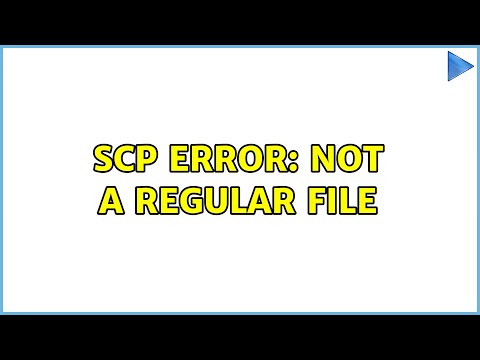
Found 10 images related to scp is not a regular file theme


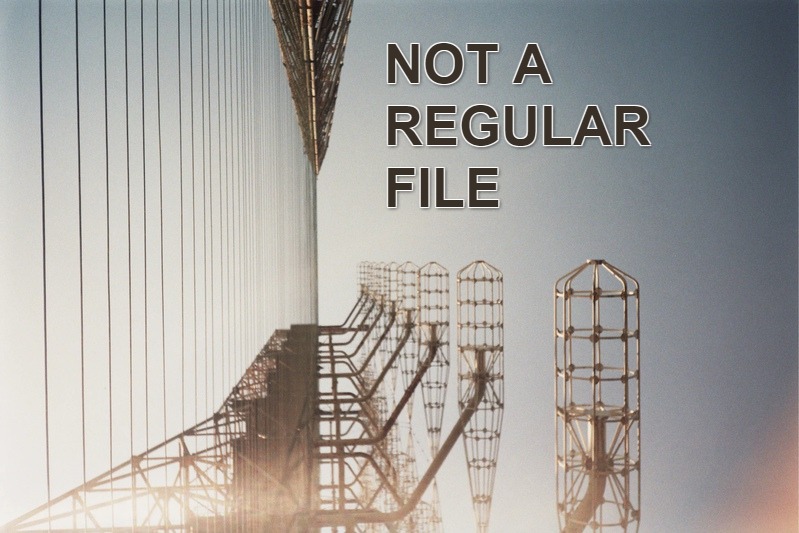

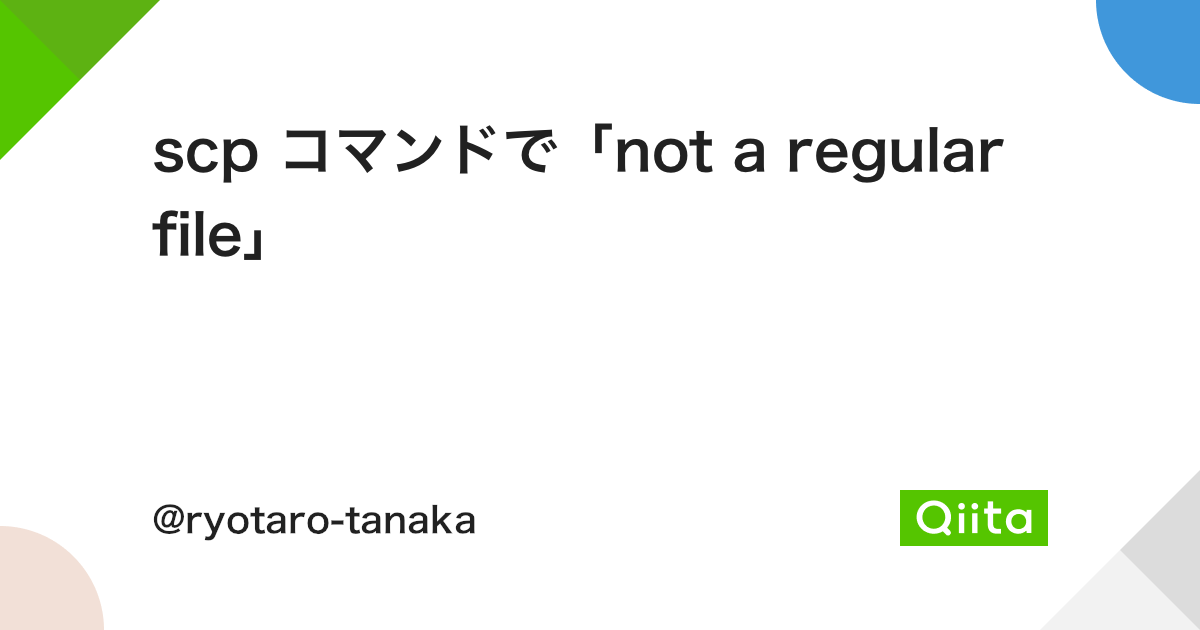



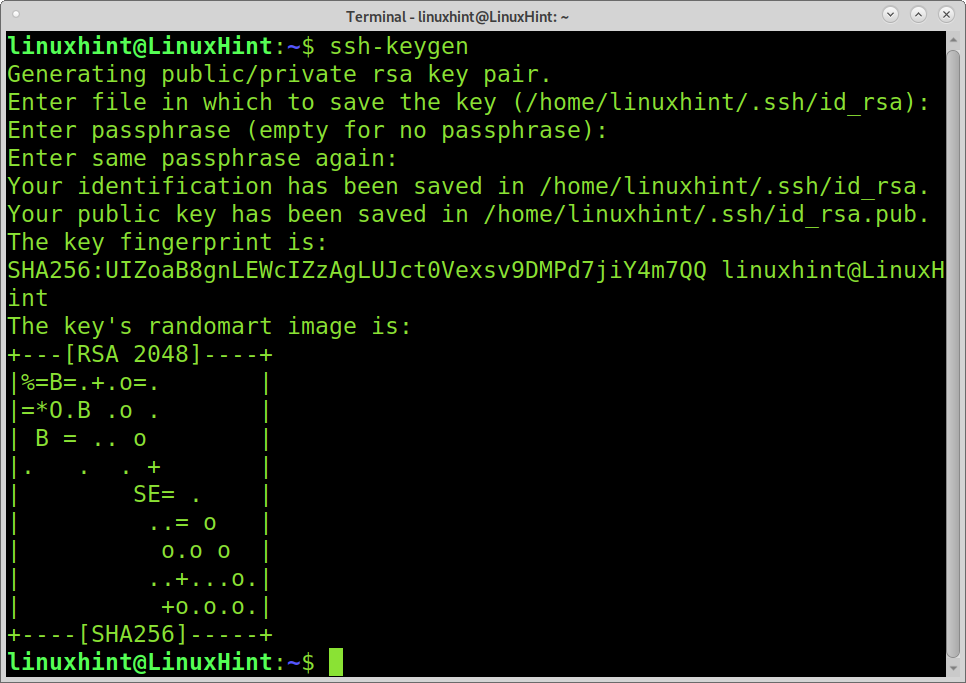
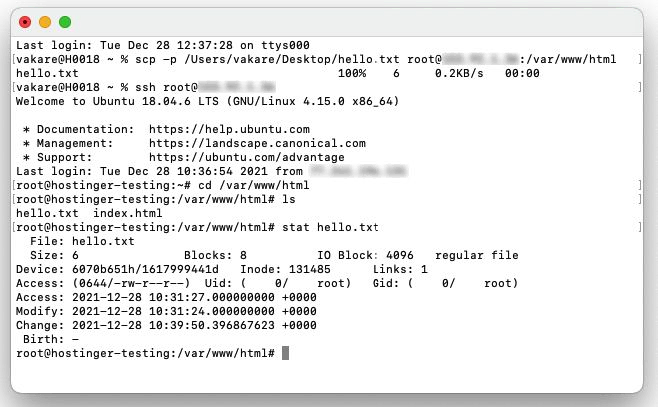
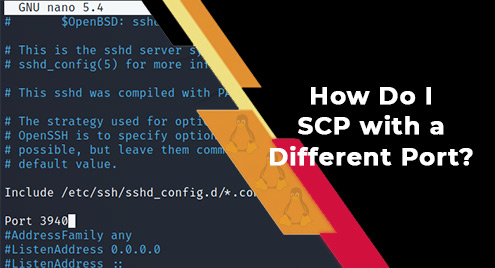
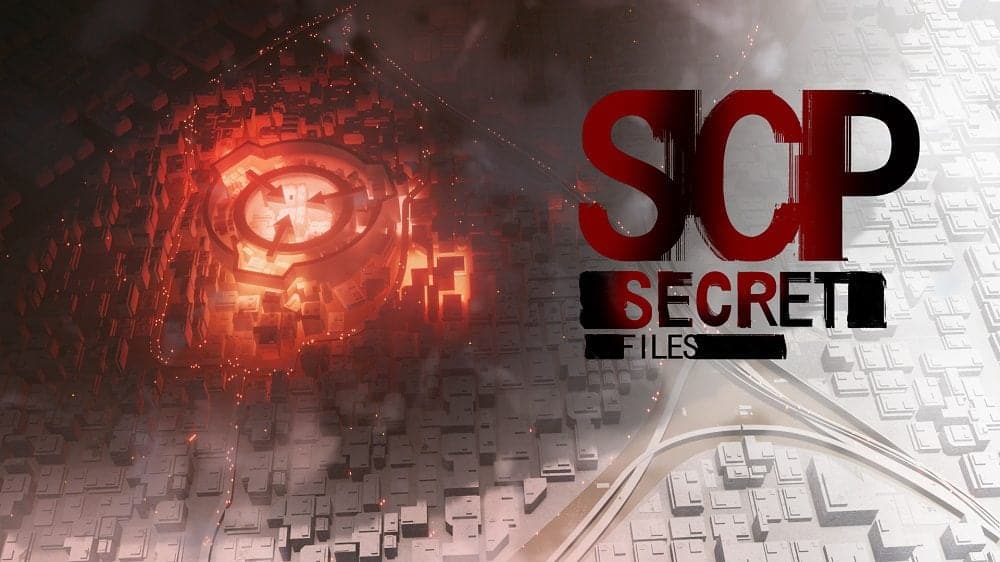


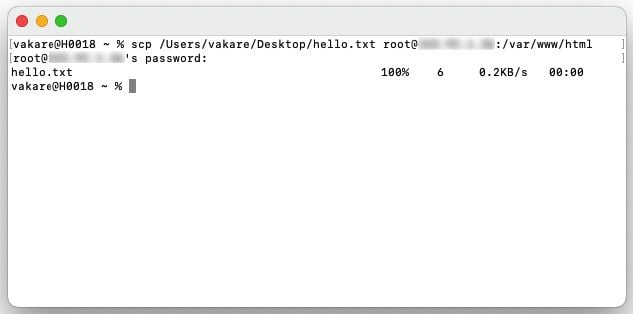


Article link: scp is not a regular file.
Learn more about the topic scp is not a regular file.
- Error using SCP: “not a regular file” – Unix Stack Exchange
- scp gives “not a regular file” – Stack Overflow
- What is SCP?
- Secure copy protocol – Wikipedia
- Error using SCP: “not a regular file” – Unix Stack Exchange
- SCP Overview: Familiar, Simple, Insecure and Slow – Teleport
- How to Fix ‘SCP: Not a Regular File’ Error? – Appuals.com
- Scp – not a regular file – how to fix – hinty
- scp error: not a regular file – linux – Super User
- How to Make SCP Not a Regular File Work
- not a regular file: trying to download a directly using scp – Linode
- SCP give “not a regular file” when I use it – LinuxQuestions.org
See more: https://nhanvietluanvan.com/luat-hoc/